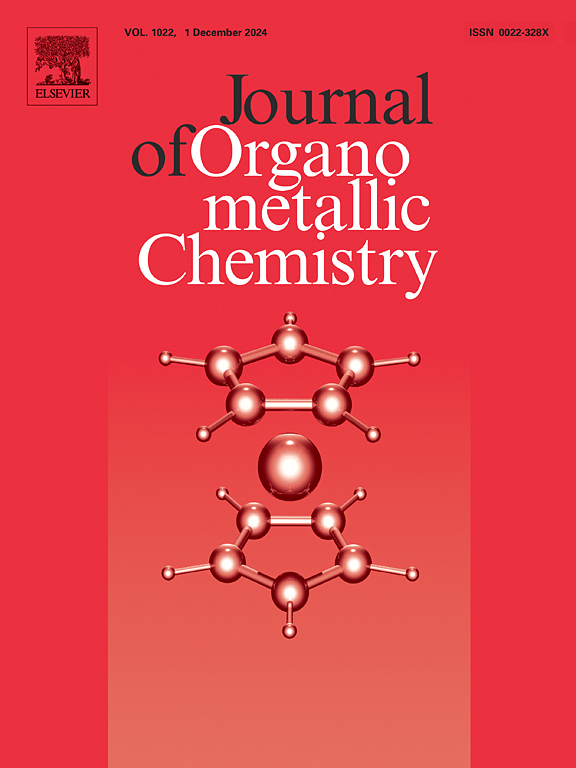以 Na 和 CeO2 为促进剂、以 MCM-41 为载体的铁基和钴基催化剂直接氢化 CO2
IF 2.1
3区 化学
Q3 CHEMISTRY, INORGANIC & NUCLEAR
引用次数: 0
摘要
这篇论文研究了铁基或钴基费托催化剂,这些催化剂以 CeO2 和 Na 为促进剂,以 MCM-41 介孔二氧化硅为支撑,直接将二氧化碳加氢为碳氢化合物。钴基催化剂在有铈作为促进剂的情况下活性更高,在 350 °C、40 巴、H2/CO2 = 3 和 GHSV = 6000 mL g-1 h-1 的反应条件下可生成长链烃。催化剂的表征表明,CoCeNa/M 具有很强的 Co-O-Si 键形成能力,可防止氧化钴还原成 Co2+ 物种,而 Co2+ 物种可能与甲烷生产有关。另一方面,如原位 DRIFTS 所示,铁基催化剂具有更高的 CO 和 CH4 浓度,这表明在苛刻的 FTS 反应条件下可能会形成碳化铁相,产生高浓度的水并与 Sabatier 反应竞争。本文章由计算机程序翻译,如有差异,请以英文原文为准。

Direct CO2 hydrogenation over Na and CeO2-promoted Iron and Cobalt-based Catalysts Supported on MCM-41
This contribution has studied iron or cobalt-based Fischer-Tropsch catalysts, promoted with CeO2 and Na and supported on MCM-41 mesoporous silica in the direct CO2 hydrogenation to hydrocarbons. The cobalt-based catalyst is more active in the presence of ceria as a promoter, presenting long-chain hydrocarbons under reaction conditions of 350 °C, 40 bar, H2/CO2 = 3, and GHSV = 6000 mL g-1 h-1. The characterization of the catalysts suggests that CoCeNa/M exhibits a strong Co-O-Si bond formation, preventing the cobalt oxide reduction to Co2+ species, which can be associated with methane production. On the other hand, iron-based catalysts present higher CO and CH4 concentrations, as shown via in situ DRIFTS, suggesting a possible iron carbide phase, which can be formed by the severe FTS reaction conditions, producing a high concentration of water and competing with Sabatier reaction.
求助全文
通过发布文献求助,成功后即可免费获取论文全文。
去求助
来源期刊

Journal of Organometallic Chemistry
化学-无机化学与核化学
CiteScore
4.40
自引率
8.70%
发文量
221
审稿时长
36 days
期刊介绍:
The Journal of Organometallic Chemistry targets original papers dealing with theoretical aspects, structural chemistry, synthesis, physical and chemical properties (including reaction mechanisms), and practical applications of organometallic compounds.
Organometallic compounds are defined as compounds that contain metal - carbon bonds. The term metal includes all alkali and alkaline earth metals, all transition metals and the lanthanides and actinides in the Periodic Table. Metalloids including the elements in Group 13 and the heavier members of the Groups 14 - 16 are also included. The term chemistry includes syntheses, characterizations and reaction chemistry of all such compounds. Research reports based on use of organometallic complexes in bioorganometallic chemistry, medicine, material sciences, homogeneous catalysis and energy conversion are also welcome.
The scope of the journal has been enlarged to encompass important research on organometallic complexes in bioorganometallic chemistry and material sciences, and of heavier main group elements in organometallic chemistry. The journal also publishes review articles, short communications and notes.
 求助内容:
求助内容: 应助结果提醒方式:
应助结果提醒方式:


